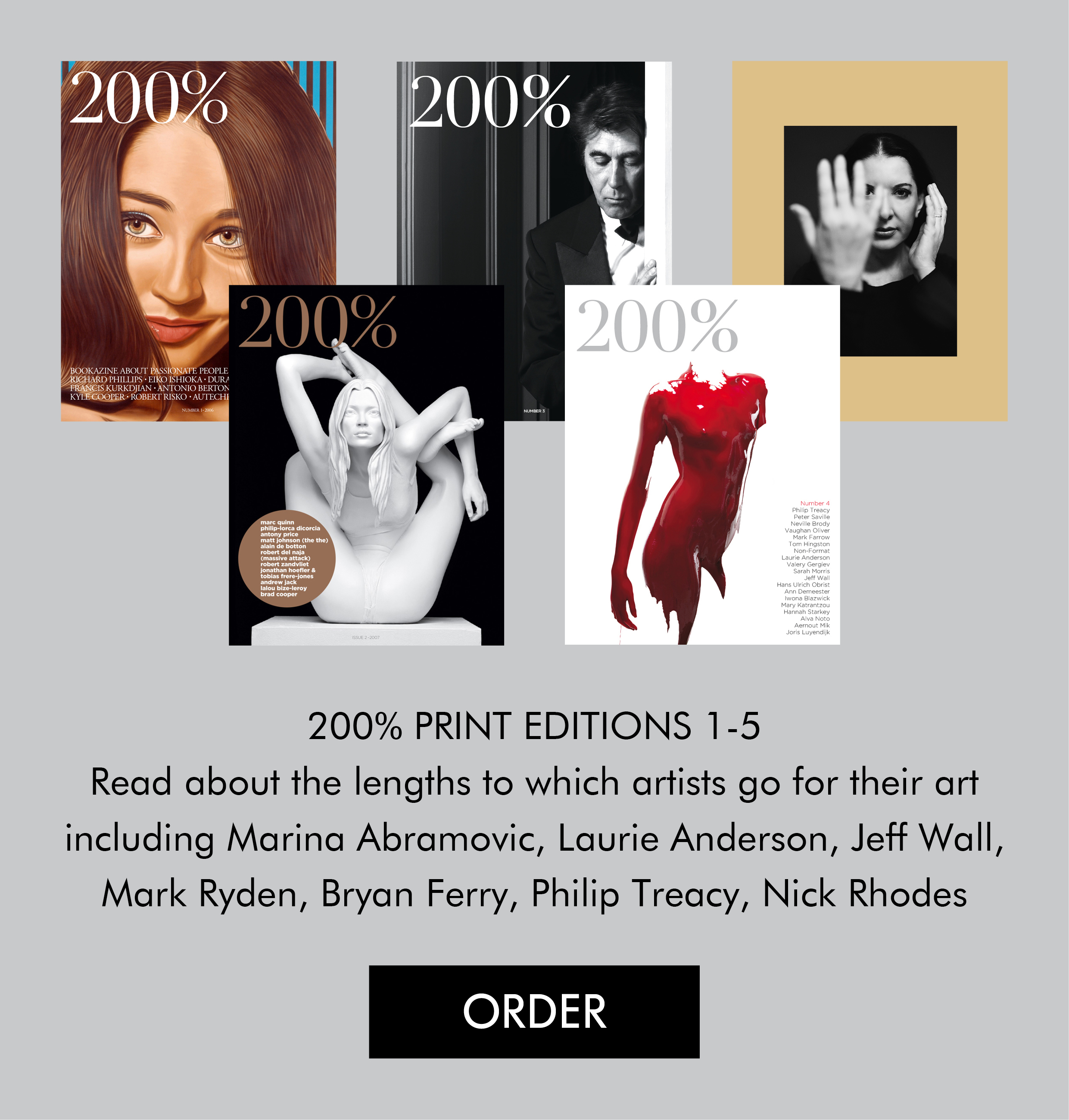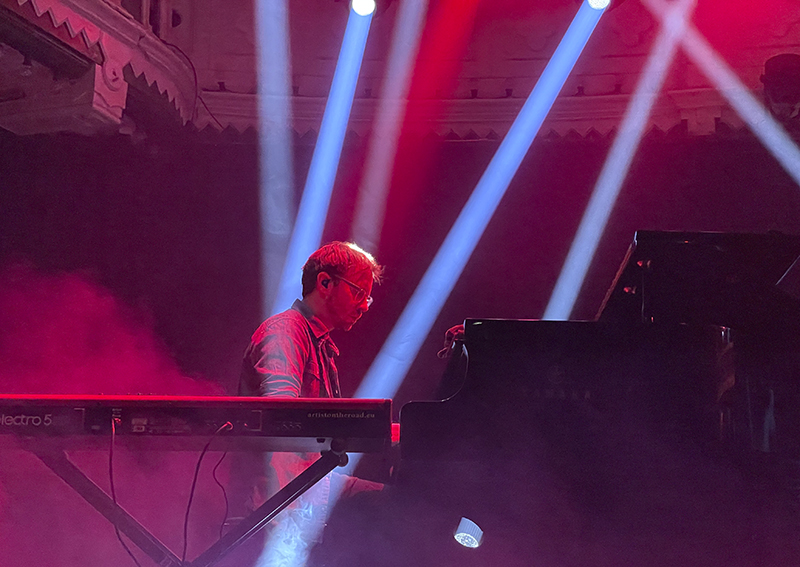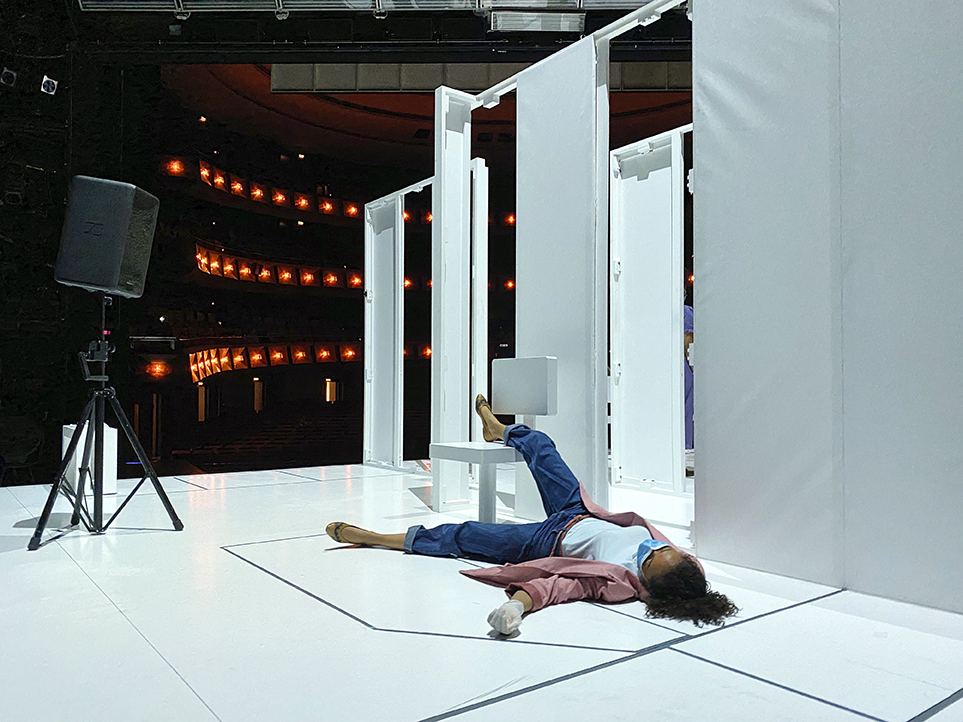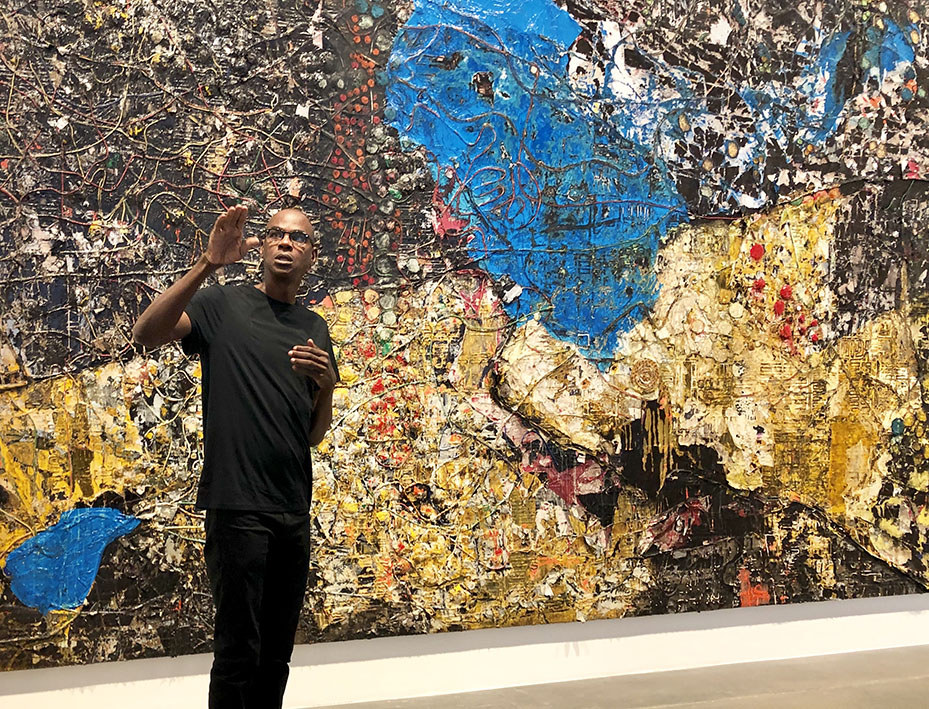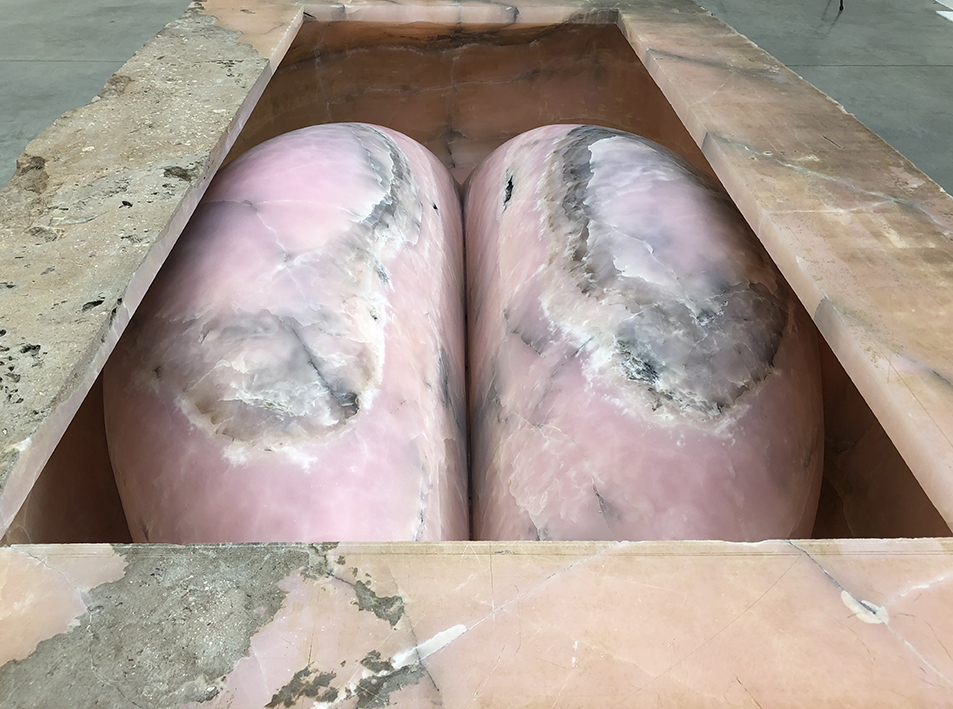 Prior to the beginning of Krystian Zimerman’s concert of Ludwig van Beethoven’s last three piano Sonatas in the Concertgebouw in Amsterdam, I inspected, in situ, his Grand Piano on the stage. On tour, Zimerman travels with a Steinway & Sons, which is rebuilt for each performance. The Polish pianist has a wealth of knowledge about a piano’s anatomy: initially gained in Katowice and then developed further following his collaboration with Steinway & Sons, the eponymous piano makers from Hamburg.
Prior to the beginning of Krystian Zimerman’s concert of Ludwig van Beethoven’s last three piano Sonatas in the Concertgebouw in Amsterdam, I inspected, in situ, his Grand Piano on the stage. On tour, Zimerman travels with a Steinway & Sons, which is rebuilt for each performance. The Polish pianist has a wealth of knowledge about a piano’s anatomy: initially gained in Katowice and then developed further following his collaboration with Steinway & Sons, the eponymous piano makers from Hamburg.
The fallboard was closed and locked with a clamp so that no one, other than the Polish maestro, could touch the keys. A few minutes before the concert’s start, an aide unlocked the fallboard. At first, I found it a bit dissonant as classical concert audiences are considered to be sophisticated but, perhaps, one never knows whether a madman will run on the stage damaging the keys with a hammer, in the same vein as the vandal who damaged Barnett Newman’s work, ‘Who’s Afraid of Red, Yellow and Blue III’, with a Stanley knife.
I later gained an appreciation of Zimerman’s love of his instrument when he explained, after the break, before performing Beethoven’s last sonata nr. 32, why he is so precious with regard to his piano. He told the audience that, for each composer’s work that he performs, he builds his own keyboard. He doesn’t search, necessarily, for the keyboard to have a beautiful sound but for the music, as a whole, to sound beautiful.
He marvelled at how Beethoven, whilst deaf, was able to compose these last sonatas with their high notes. In his research at the Beethoven Museum in Bonn, Zimerman discovered exactly how this was achieved. With a wooden stick placed between his teeth that had contact with the piano, as Beethoven played the keys, sound resonated through his bones, which enabled him to ‘hear’ what he was playing.
 As Zimerman was so intrigued he wanted to experience the phenomenon himself. He explained it is quite difficult to replicate the elimination of all sound for a person who is able to hear. As we ‘hear’ with our whole body, he had to discover how to achieve a soundless environment.
As Zimerman was so intrigued he wanted to experience the phenomenon himself. He explained it is quite difficult to replicate the elimination of all sound for a person who is able to hear. As we ‘hear’ with our whole body, he had to discover how to achieve a soundless environment.
His wife, who related the story to a journalist, spoke of his attire whilst conducting the experiment, describing him as a clown. At 2 am, she found her husband, seated at his piano, playing the Moonlight Sonata, wearing pyjamas, with a stick between his teeth and wearing a motor cycle helmet so that he could ‘hear’ through his bones, just like Beethoven. Zimerman was delighted that he could still surprise his wife after 34 years of marriage.
Written by Thierry Somers

